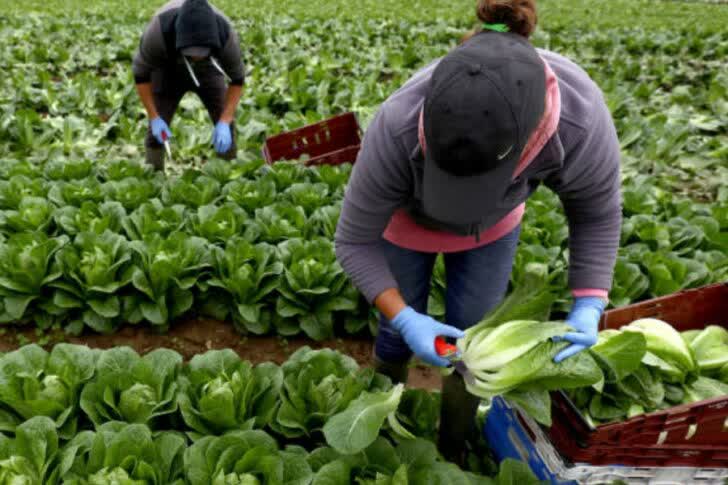



Article by: Hari Yellina
Farmers in the Lockyer Valley are looking for methods to keep their farm employees while they rebuild after the recent floods. Farmers tally their highest cost: labour, as earthmovers thunder across the fertile black soil of Lockyer Valley in southern Queensland, restoring and re-leveling the recently flooded farmland. Many Lockyer Valley growers are facing the prospect of ploughing their wrecked produce into the ground as they recover from their second flood in 11 weeks. The fact that these producers can’t afford to keep the crew on hand to select it makes this task even more difficult.
Shannon Moss, a salad and spinach grower in Mulgowie, east of Toowoomba, said the recent flood hit at the worst possible time. “The creek was flowing very well by nine o’clock,” he remarked. He knew he was in for a long night at that point. “At around four o’clock, approximately half an hour before daybreak, we had the main flooding. Flooding occurs at the worst possible time since you have no idea how awful it is.” Shannon Moss awoke to find water and silt strewn across his rows of ready-to-harvest cos lettuce, and his concrete gully-crossing crushed in the centre, sweeping a one-tonne pipe downstream.
He expects crop losses to cost him almost $1 million, but the most agonising part of his day after the storm was having to fire 14 employees. “Generally, in full production at this time of year. “We’d have roughly 24 people on board,” he stated. Essentially, we’ll be letting go of 80% of everything.” Mr Moss struggled with the decision to reduce his employees, but he had no choice because there were few crops left to harvest. Growcom Chair Belinda Adams said it was a Catch-22 situation for farmers like Shannon Moss, who couldn’t afford to maintain workers but couldn’t afford to lose them either.
“Finding talented people in the current labour shortages is really challenging in and of itself,” Ms Adams added. “If you look at bringing in new people and training them up again, you’re looking at a couple of months whereas the planting programme only takes four to six weeks.” “Today, I’ve received calls from growers who are utterly distraught by their inability to get labour, having to plough crops in [to the ground], not having workers to pick, not being able to fill orders, and then not having the confidence to plant for the current season.” “I mean, we’re talking about a potential food and fresh product scarcity.” This will have a substantial influence on consumers’ capacity to purchase fresh produce.
Growcom members are requesting that the state government’s disaster help include funding for growers so that they can keep their employees on during the flood recovery phase. “At the moment, keeping personnel on farms comes entirely at the expense of the grower. The government offers no assistance in this area “Ms Adams explained. “I believe that in the event of a crisis, the JobKeeper programme should be activated immediately to help growers keep their employees.” “And that crew may be immediately tied to the farm clean-up to get [the grower] back into business, not just in their harvest capacities.”
Minister Mark Furner’s office highlighted the need for enhanced efficiency as well. “DAF has completed a successful trial of a public-facing survey that allows primary producers and industry to directly submit data into the DAF survey process.” “Using the public survey, DAF has received much more impact reports, reducing the activation request period from two to three weeks to one week,” Mr Furner’s office said in a statement.